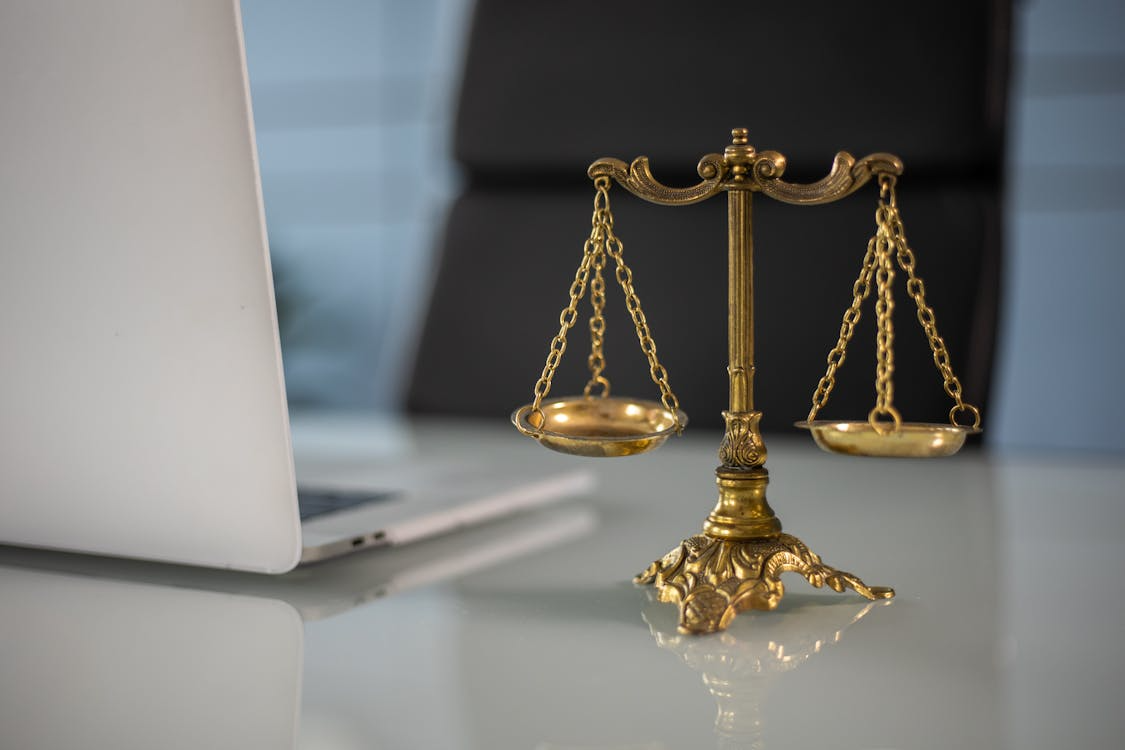
The legal landscape is constantly evolving, demanding more sophisticated methods for presenting evidence in court. Successful law firms recognize that their ability to convey complex information and narratives is crucial in swaying juries and judges. Clear, compelling evidence presentation techniques can dramatically influence verdicts and impact case outcomes. As technology has advanced, so have the tools available for both prosecutors and defense attorneys. This article delves into several critical techniques that law firms can utilize to present evidence convincingly.

A pivotal step in evidence presentation is understanding who will receive the information. Clients, jurors, judges, and even opposing counsel may have various levels of knowledge regarding legal proceedings.
Tailoring the presentation to meet the audience’s needs is important. Jurors may not hold law degrees, so it is important to minimize complex legal jargon. Employing relatable language ensures that key points resonate. Comprehension of jurors' backgrounds can inform the emotional appeal of arguments, allowing lawyers to connect on a personal level.
Research shows that storytelling can enhance engagement significantly, reinforcing the emotional impact of the evidence presented. Effective presentations must balance legal technicalities with relatable narratives. This duality helps maintain jurors’ attention and sophistication while grounding the argument in reality.
Visual aids are invaluable tools in creating a compelling narrative during trials. Charts, graphs, and photographs can simplify complex information and provide more context than verbal explanations alone.
Images often speak volumes, capturing attention and eliciting emotional responses that resonate deeply. Comprehensive visual representations of case data can help jurors conceptualize statistics, making them more digestible.
Utilizing multimedia presentations can engage more of the audience's senses, reinforcing understanding. Incorporating legal 3D animation production into evidence presentation is a prime example of using advanced visuals to clarify intricate details. Such animations can bring timelines, crime scenes, and evidence to life, showing rather than telling.
Storytelling in legal presentations serves as a force multiplier in the courtroom. Lawyers who can frame their arguments within a narrative context make complex cases relatable and understandable. A strong narrative can guide the jury through the evidence, creating a cohesive and persuasive storyline.
Each piece of evidence should tie back into the narrative, providing clear connections that support the overarching theme. It is important to establish characters (such as the parties involved), setting, and conflict within these narratives. Through compelling stories, jurors can engage more emotionally, resulting in a more profound impact.
Lawyers must aim to evoke feelings such as sympathy, anger, or even disbelief, ensuring that jurors remain invested throughout the trial process. Personal anecdotes or a firm’s historical context related to the case can enhance the storyline, making it memorable and influential.
Technology plays a transformative role in the presentation of evidence. The use of sophisticated software allows for the creation of enhanced visual and audio elements that can elevate a firm's effectiveness in court.
Beyond traditional slideshows, modern legal tech solutions can integrate videos, interactive elements, and high-quality animations into presentations. These technologies help depict scenarios more vividly, allowing jurors to visualize the events in a manner that static images or text cannot achieve. VR (Virtual Reality) might provide immersive experiences that have the potential to impact juror perceptions significantly.
Embracing these tools modernizes presentations and can improve engagement levels significantly. Forward-thinking law firms that invest in technology reap the benefits of increased audience attention and comprehension, which is paramount in high-stakes environments like the courtroom.
Clarity and focus are paramount when presenting evidence. Lawyers must ensure that their message remains straightforward and that they do not overwhelm the jury with superfluous details. Each piece of evidence presented should serve a purpose, contributing to the argument without distracting from the primary message.
Streamlined discussions with clear pointers help jurors absorb important information efficiently. An engaging tone and concise language should permeate every statement, allowing intricate details to come across without losing the audience's interest.
Practicing diligent pacing can prevent jurors from feeling overwhelmed, ensuring they can process the information as it is delivered. By integrating clarity into their presentations, attorneys pave the way for more fruitful deliberations, guiding jurors toward informed decisions.
The structure of arguments is foundational to effective evidence presentation. Logical reasoning matters immensely when persuading a jury, as any gaps can lead to lost credibility. Each argument must build upon itself cohesively.
Supporting evidence should funnel through a logically structured progression. Presenting a well-organized case mitigates confusion amongst jurors and ensures that they grasp the intended message clearly. Illustrating cause-and-effect relationships helps jurors navigate through the evidence without ambiguity.
Well-defined points support bulletproof arguments, guiding the jury seamlessly toward an informed verdict. Attorneys should focus on establishing a logical framework, ensuring clarity and persuasive power throughout their presentation.

Employing these clear evidence presentation techniques can significantly enhance a law firm’s ability to communicate effectively in court. From understanding the audience to leveraging modern technology, every approach plays an important role in shaping narrative and persuasion. Equipping lawyers with a diversified toolkit allows them to achieve better engagement and ultimately more favorable outcomes.
Storytelling makes complex legal cases relatable and easier for a jury to understand. By framing your evidence within a narrative, you can guide jurors through the information, create an emotional connection, and make your arguments more persuasive and memorable.
You can simplify complex data by using visual aids. Charts, graphs, and timelines turn abstract numbers and statistics into clear, digestible visuals. This helps jurors grasp the significance of the information without needing a specialised background.
A frequent error is overwhelming the jury with too much information or superfluous details. Your presentation should remain focused and clear. Every piece of evidence you show should serve a distinct purpose in strengthening your main argument.
Technology allows you to move beyond static slides. You can use interactive elements, videos, and high-quality animations to depict events more vividly. Tools like those offered by Beacon Inside can help you create a more engaging experience that holds the jury's attention and improves their comprehension.
Yes, it is crucial. Jurors typically do not have legal training, so using complex jargon can alienate them and obscure your key points. Using clear, relatable language ensures your argument is understood and has the intended impact.